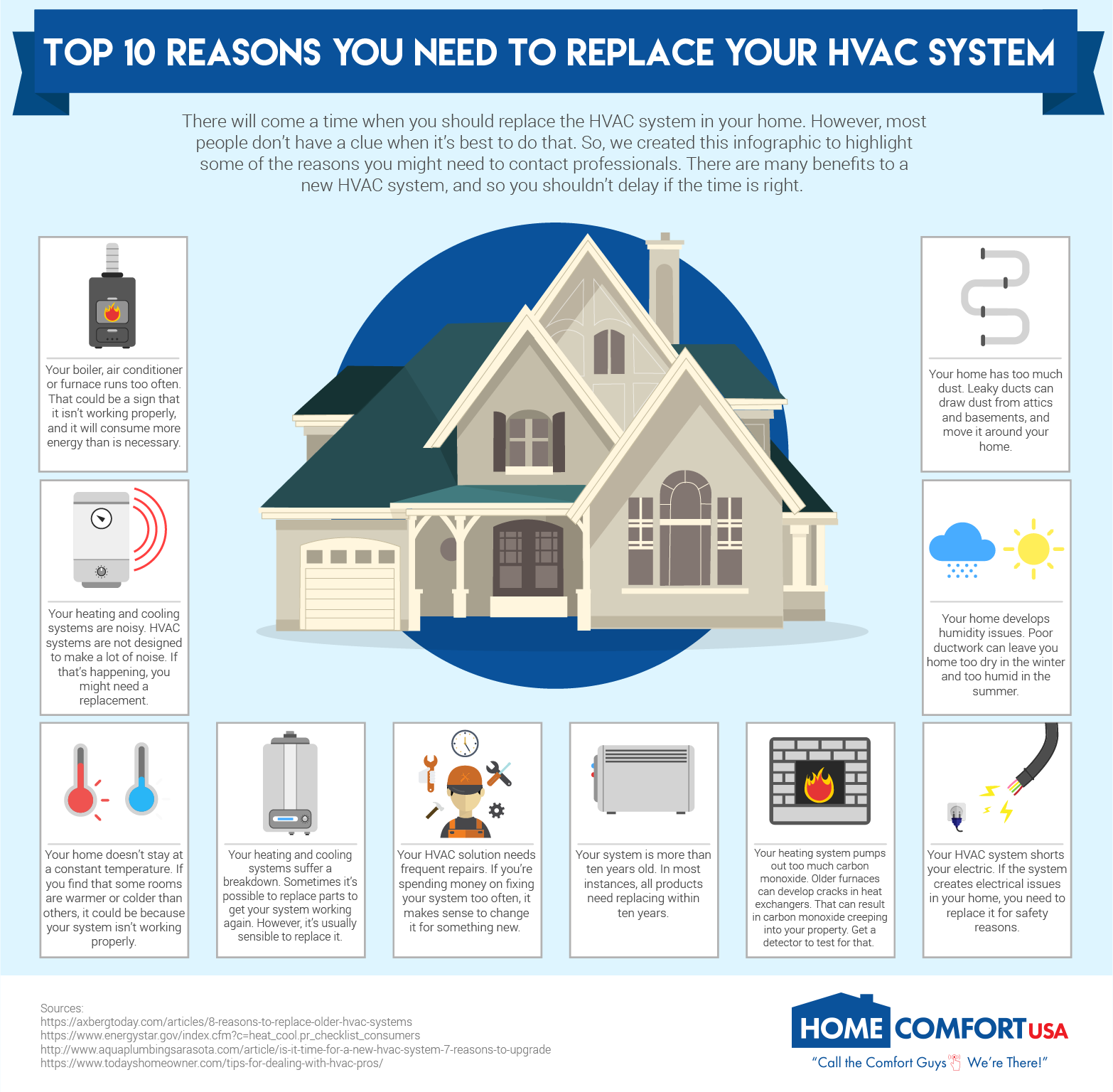Gain Insights Into Making Sure The Performance And Durability Of Your Heatpump System By Steering Clear Of Prevalent Installment Mistakes
Gain Insights Into Making Sure The Performance And Durability Of Your Heatpump System By Steering Clear Of Prevalent Installment Mistakes
Blog Article
Material By-Harper Crosby
When setting up a heat pump, you have to stay away from typical mistakes that could endanger its effectiveness. Ignoring proper sizing might bring about inefficiencies and higher energy prices. Neglecting insulation and sealing might cause power waste and strain on the device. In addition, placing the outside unit inaccurately might influence its efficiency. By staying clear of these errors, you can ensure optimal working and sturdiness of your heatpump system.
Improper Sizing of Heatpump
When it concerns the installment of heat pumps, among one of the most common mistakes is incorrectly sizing the system for your room. Making sure the appropriate dimension is crucial for optimal performance. If the heatpump is as well small, it will struggle to warm or cool your space successfully, leading to increased energy bills and possible damage on the device.
On the other hand, if the heatpump is as well large, it will certainly cycle on and off often, causing temperature variations and lowering its life expectancy.
To avoid this error, it's vital to have an expert examine your area and advise the appropriate dimension of the heat pump based on aspects like square video footage, insulation, ceiling height, and neighborhood environment. By spending the time and initiative to ensure the proper sizing, you can appreciate a comfy setting while optimizing power performance and lengthening the life expectancy of your heat pump.
Inadequate Insulation and Sealing
To guarantee the efficient procedure of your heat pump, it's essential to address insufficient insulation and sealing in your room. Proper insulation helps maintain a consistent temperature level indoors, decreasing the work on your heatpump. Poor insulation can result in power loss, making your heatpump work harder and much less effectively.
Sealing click this link here now of voids or leaks in your area is equally vital. These gaps allow conditioned air to leave and outdoor air to permeate in, compeling your heatpump to make up for the temperature level variations.
Incorrect Placement of Outdoor System
Dealing with the placement of your heatpump's outdoor unit is key to maximizing its performance. Setting up the outside device in an incorrect location can lead to performance problems and prospective damages to the unit.
One common mistake to avoid is positioning the exterior device also near to a wall or various other structures. This can limit airflow, creating the device to work more challenging to heat or cool your room, eventually minimizing its efficiency and life-span.
One more error to avoid is placing the exterior device in straight sunshine. While some sunshine is inevitable, excessive exposure can bring about overheating, especially throughout warm summertime days. https://average-cost-to-install-h64310.answerblogs.com/30688034/heatpump-repair-indication-that-your-system-requirements-specialist-treatment to place the outside system in a shaded location to help maintain its optimum operating temperature.
In https://www.straight.com/living/10-ways-to-keep-cool-without-air-conditioning-during-a-heat-wave , see to it that the outside unit is placed on a stable and level surface. Uneven ground can create resonances and unneeded pressure on the unit, impacting its performance gradually.
Final thought
In conclusion, staying clear of typical errors throughout heat pump installation is vital for taking full advantage of effectiveness and longevity of your system. By making certain proper sizing, sufficient insulation, securing, and right placement of the outdoor unit, you can protect against concerns such as inefficiencies, increased power expenses, and strain on the unit. Making the effort to deal with these crucial elements will inevitably conserve you money and time in the long run.
